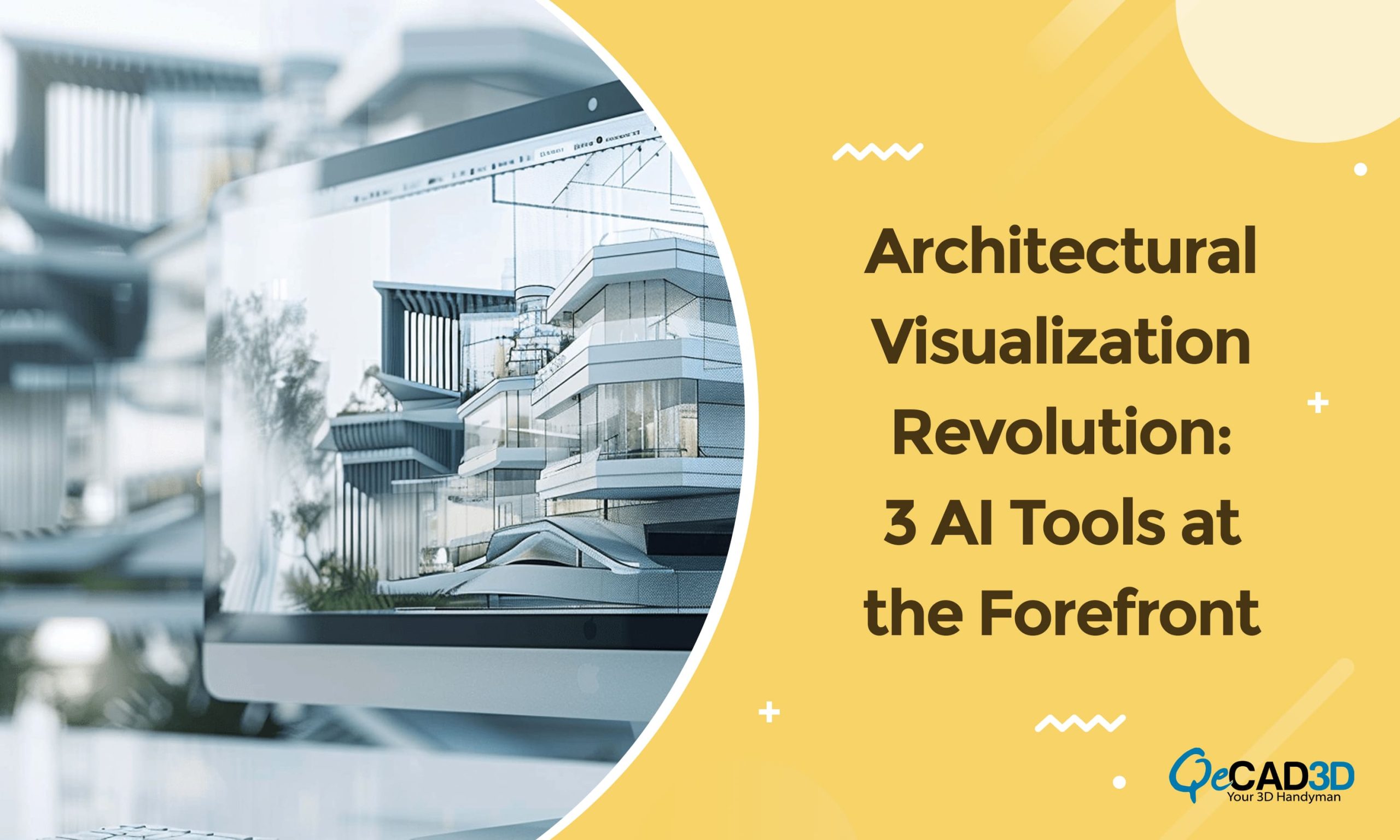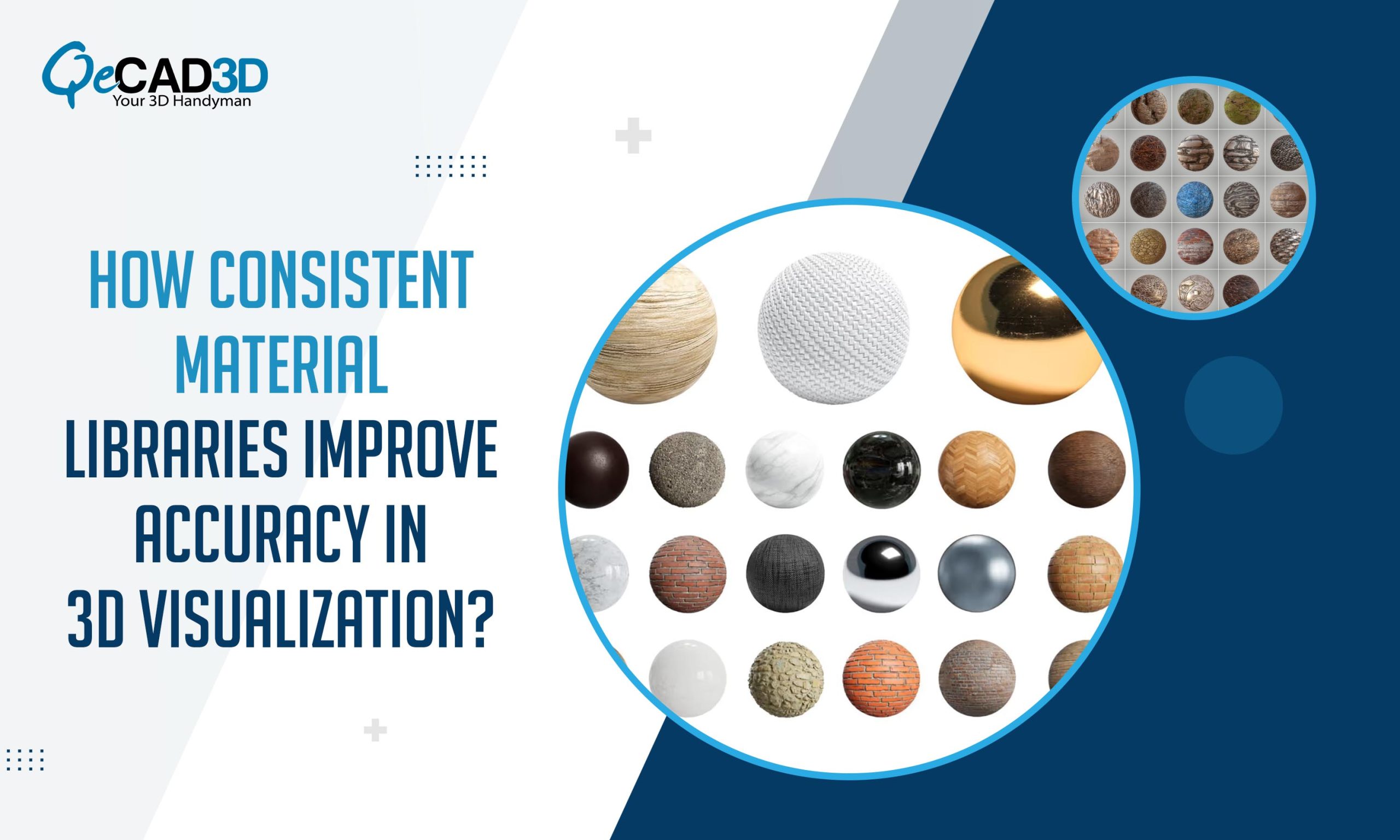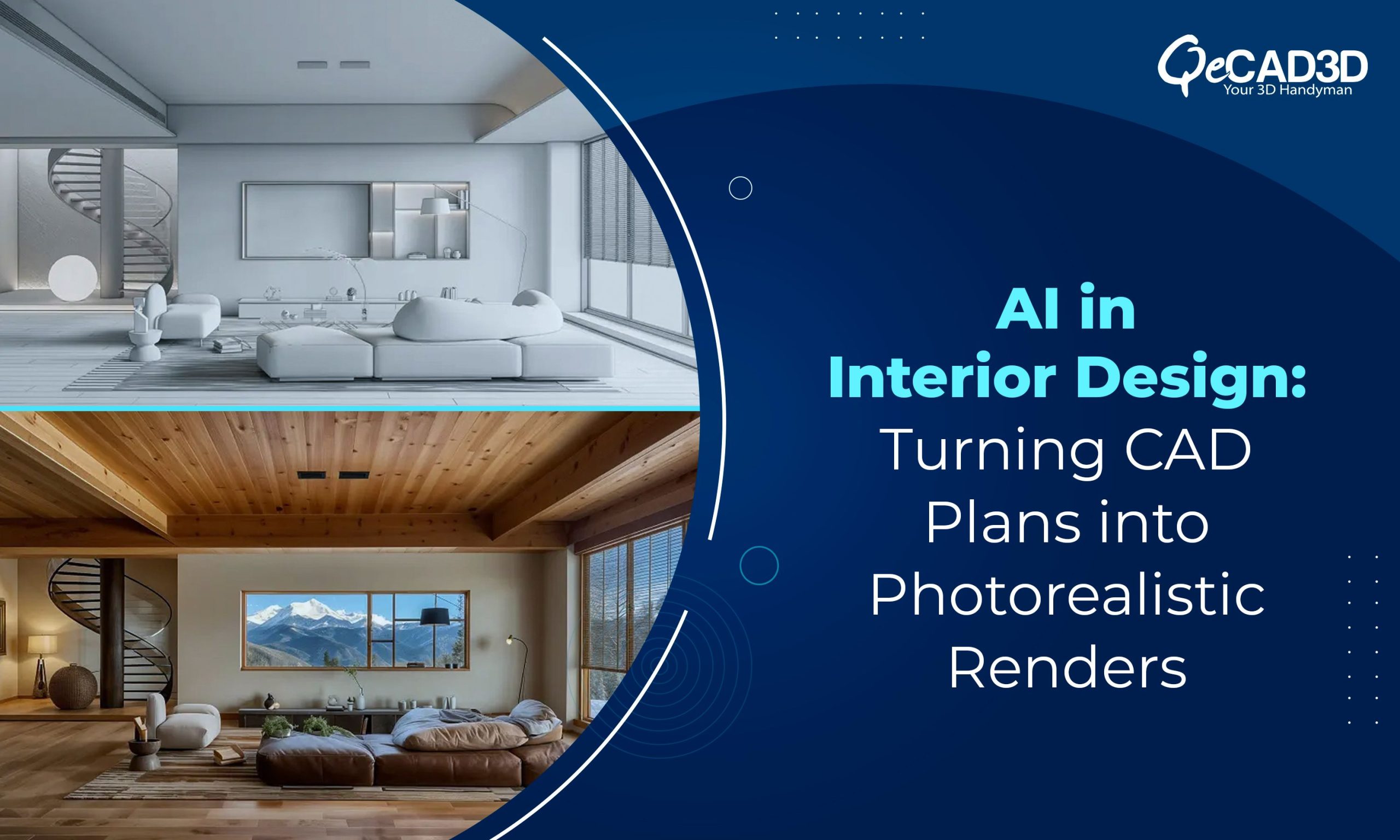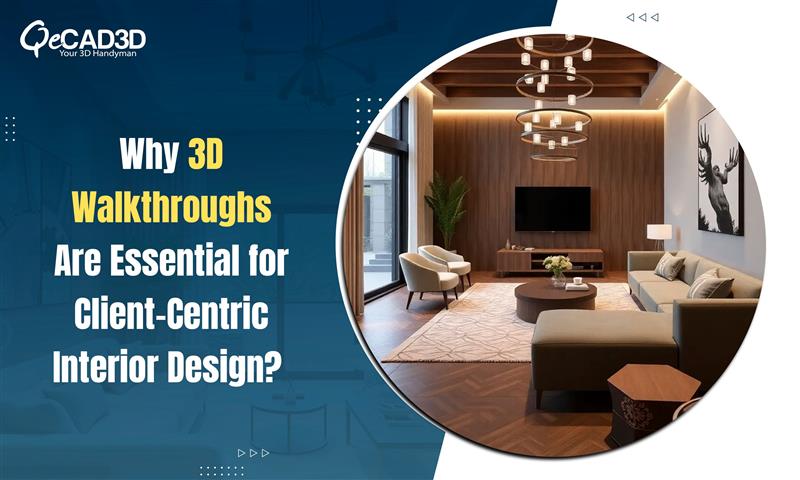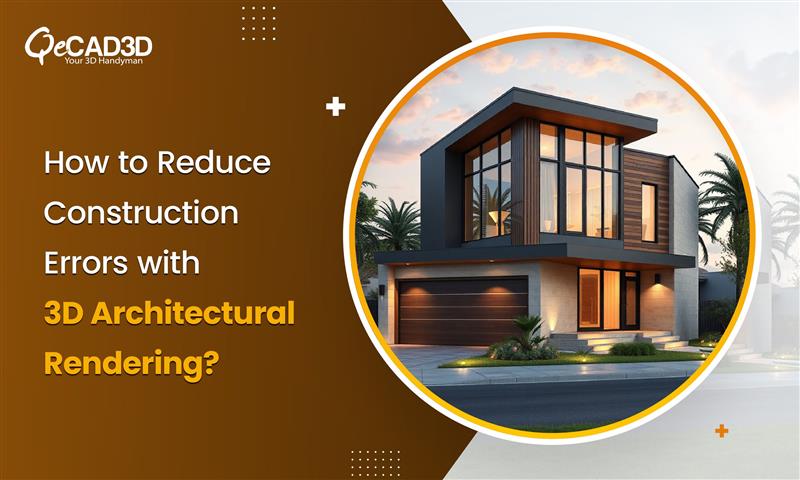Architectural Visualization Revolution: 3 AI Tools at the Forefront
Considering the scenario of architecture and design, visualization is of utmost importance. It serves as the bridge between conception and realization, allowing architects, designers, and clients to explore spaces, textures, and atmospheres before a single brick is laid. With the advancement in technology, the incorporation of Artificial Intelligence (AI) into Rendering Services has propelled the industry forward thereby enhancing efficiency, realism, and creativity.
In this article, we will get into the insights of the top three cutting-edge AI-powered tools that are reshaping architectural visualization.
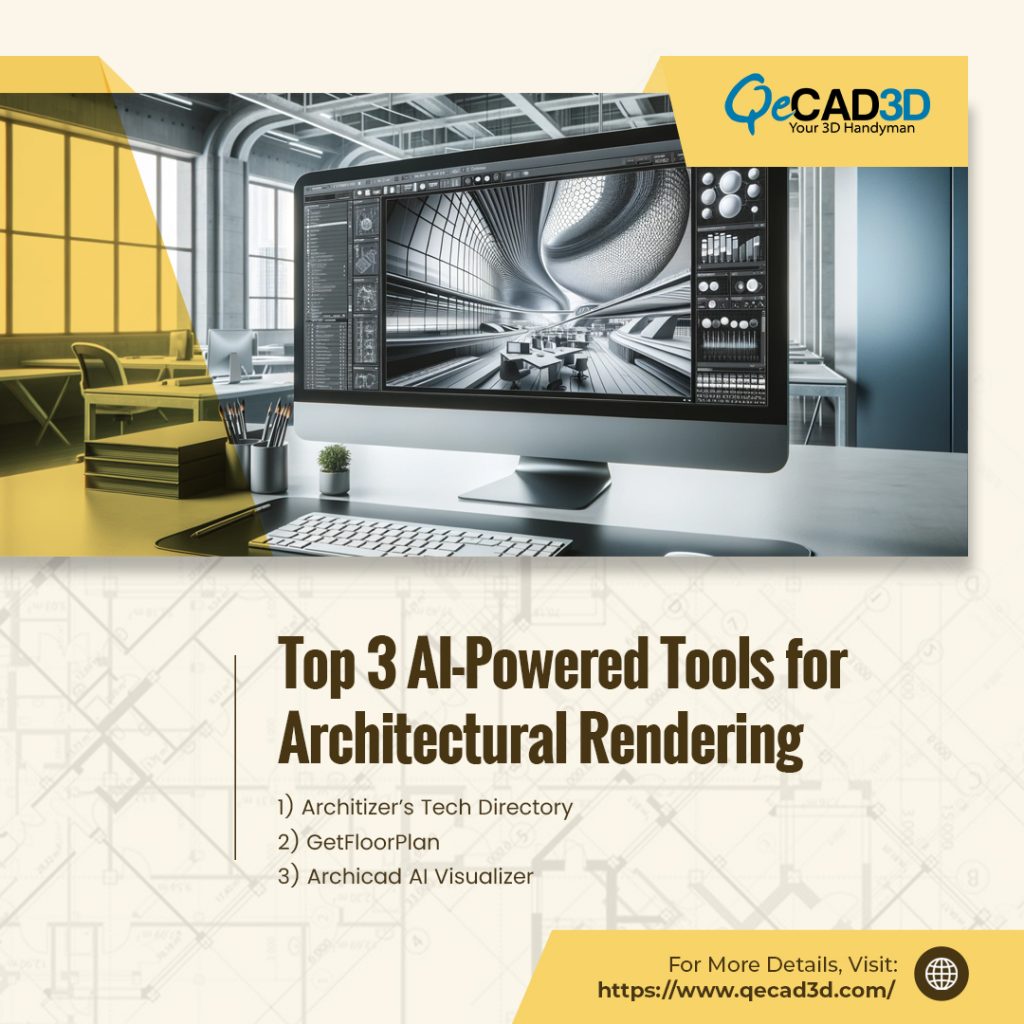
1) Architizer’s Tech Directory: Streamlining Design Processes
Architizer, a common platform for architects and designers has leveraged AI to curate a comprehensive Tech Directory. This is a one-stop destination for innovative tools specified especially to the architectural community. This directory aggregates a sum of AI-powered rendering solutions providing architects with a curated selection of tools that match their specific project requirements.
One of the exclusive features of Architizer’s Tech Directory is its intelligent recommendation system. This AI algorithm suggests the most suitable rendering tools for each project by analyzing project parameters, design preferences, and user feedbacks. This personalized approach not only saves architects valuable time but also assures their access to the most relevant as well as effective tools for their projects.
Moreover, Architizer’s Tech Directory also fosters collaboration within the architectural community by facilitating user reviews and ratings. Architects can share their experiences with different rendering tools thereby helping their peers to make informed decisions. This collaborative ecosystem promotes transparency and enables architects to use the power of collective knowledge in selecting suitable AI rendering solutions for their projects.
2) GetFloorPlan: Transforming Concepts into Reality
GetFloorPlan is all though changing architectural visualization with its AI-powered platform. This transforms floor plans into stunning 3D renderings. By simply uploading floor plans, architects can generate realistic visualizations enriched with textures, lighting, and spatial context. This allows the clients to immerse in the virtual environments that closely resemble the final built spaces.
One of the key strengths of GetFloorPlan lies in its advanced AI algorithms which analyze floor plans and automatically optimize them for rendering. This eliminates the need for manual drafting/modeling and simplifies the rendering process thereby enabling architects to focus on design iteration and refinement. Additionally, GetFloorPlan offers a wide range of customization options, allowing architects to fine-tune every aspect of the visualization to align with their design vision.
Furthermore, GetFloorPlan’s interactive interface makes it easily accessible to architects of all levels. Be it a seasoned professional or a novice designer, GetFloorPlan empowers each of them to craft engaging visualizations that captivate clients and stakeholders. This promotes greater engagement and buy-in throughout the design process.
3) Archicad AI Visualizer: Elevating Architectural Design
Archicad AI Visualizer, developed by Graphisoft, is an innovative tool that integrates AI into the architectural design workflow. This AI-driven extension is built upon the powerful capabilities of Archicad and is known to enhance the visualization process by automatically generating high-quality renderings.
One of the standout features of Archicad AI Visualizer is its ability to interpret design intent and apply realistic materials and lighting effects to BIM models. By analyzing the spatial relationships and material properties within the model, the AI algorithm generates renderings that accurately reflect the architect’s vision thereby saving time and resources while maintaining the fidelity to the design concept.
Moreover, Archicad AI Visualizer facilitates real-time collaboration and feedback by enabling architects to visualize design iterations instantly. This iterative approach allows architects to explore different design options and solicit input from clients and stakeholders hence leading to more informed decision-making and better design outcomes.
Conclusion:
AI-powered rendering tools are for sure reshaping the entire scenario of architectural visualization. It is empowering the architects and renderers to create immersive and compelling experiences to bring their designs to life. From streamlining design processes to enhancing collaboration and creativity, the above-mentioned tools are revolutionizing the way architects visualize and communicate their ideas. With AI evolving in almost all aspects, the future of architectural rendering holds boundless possibilities thereby promising even greater efficiency, realism, and innovation in the coming years.


